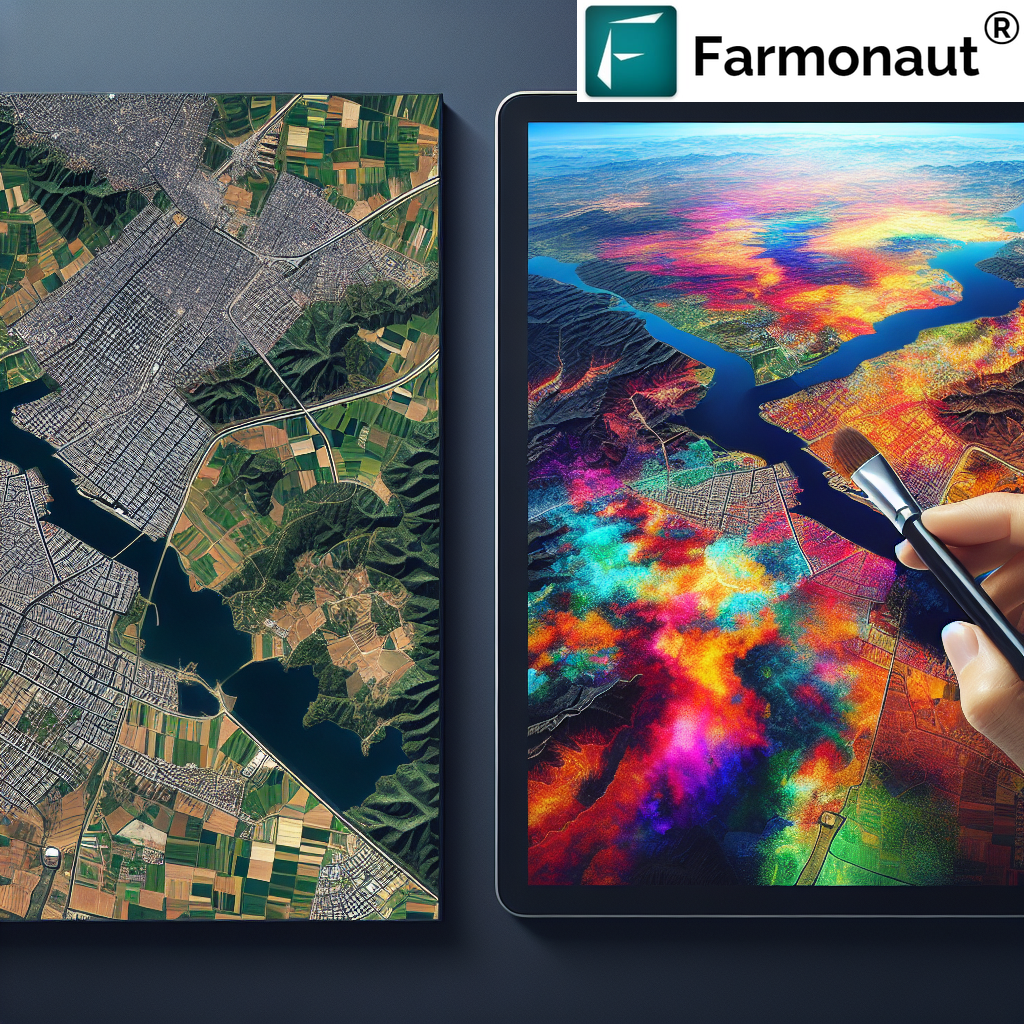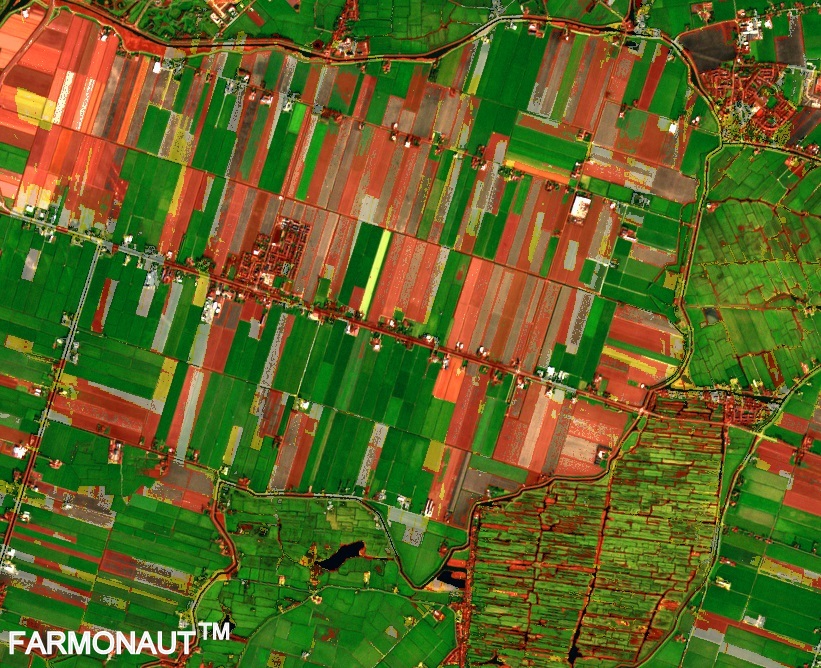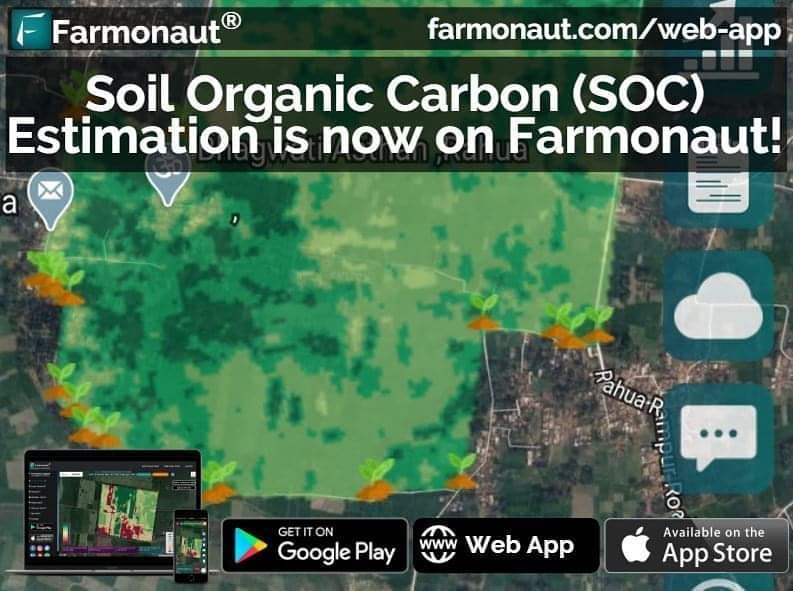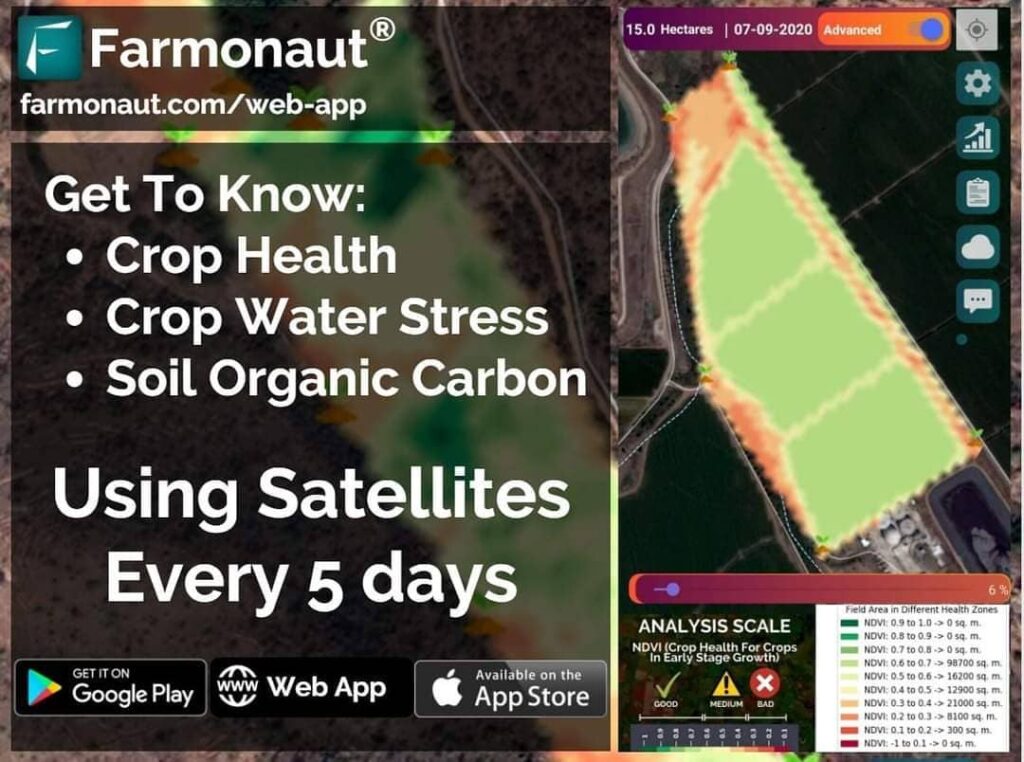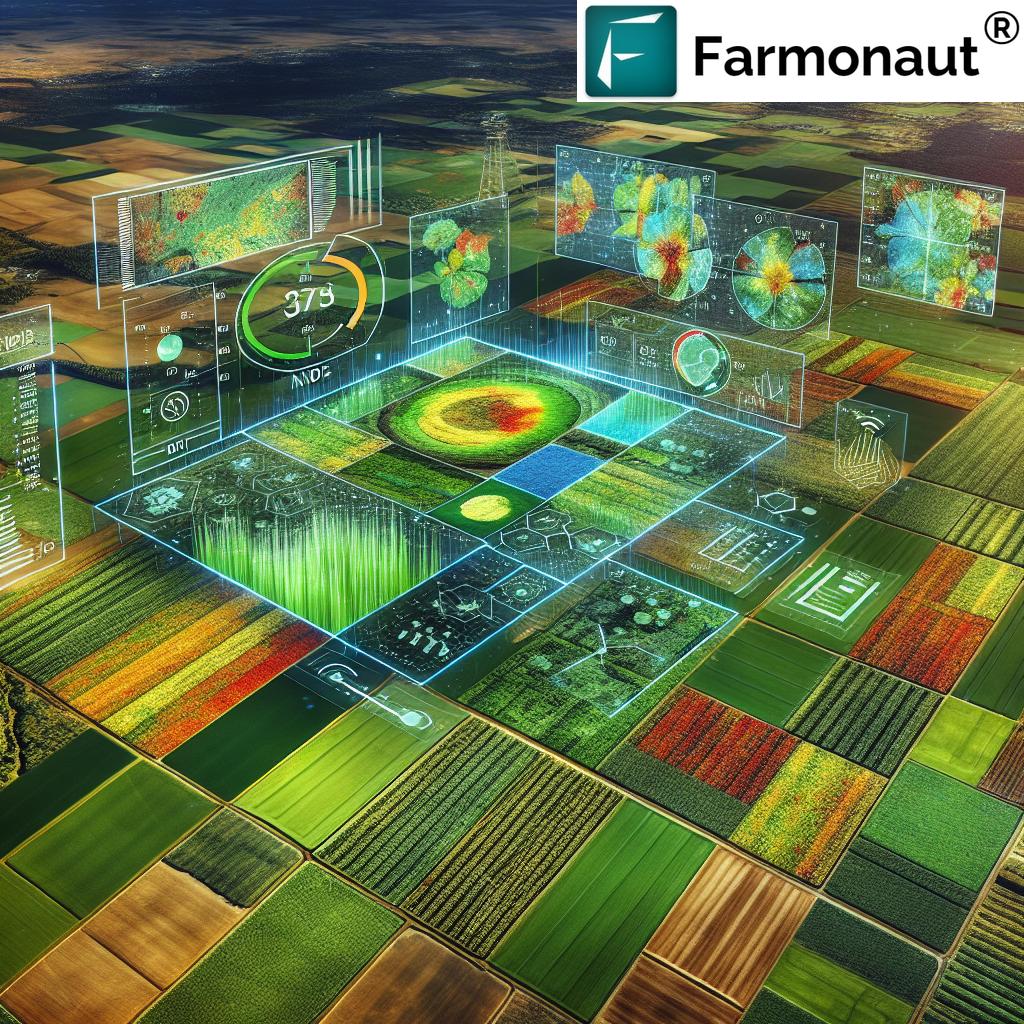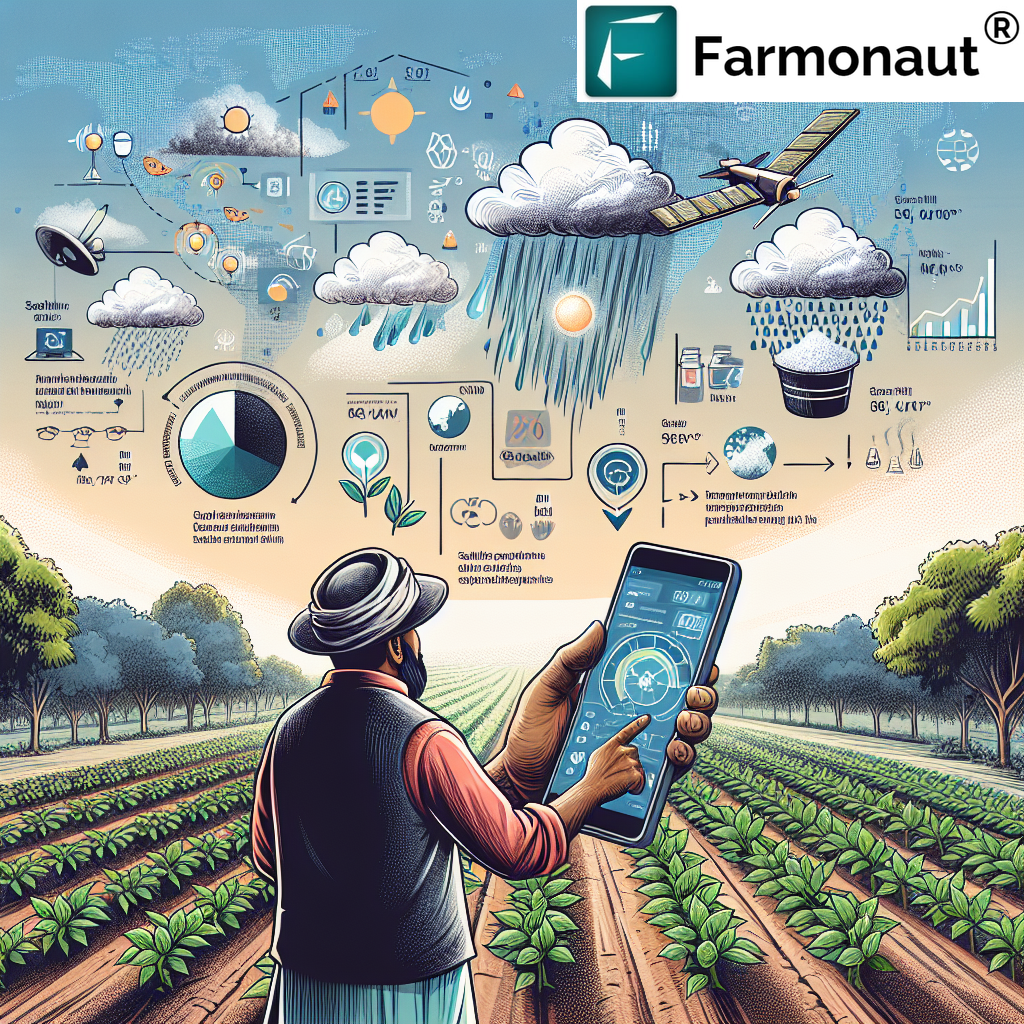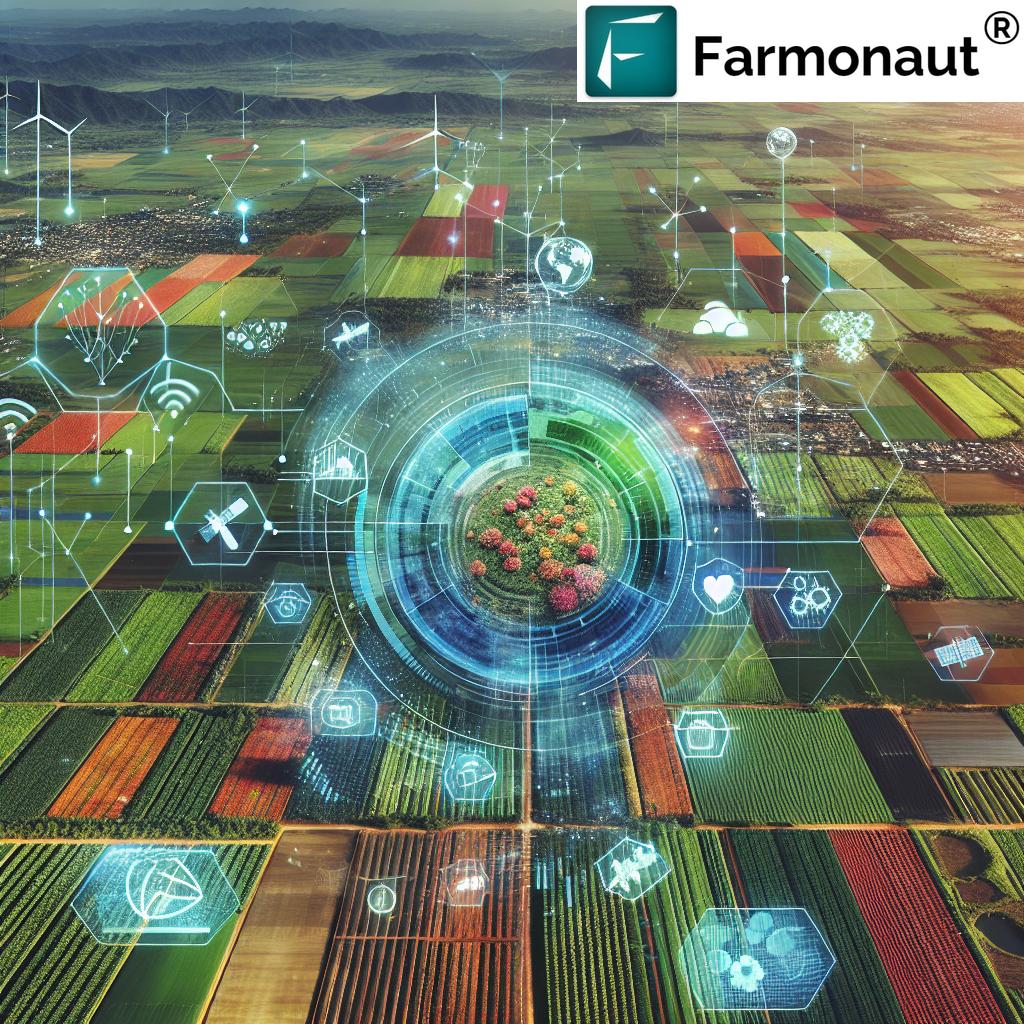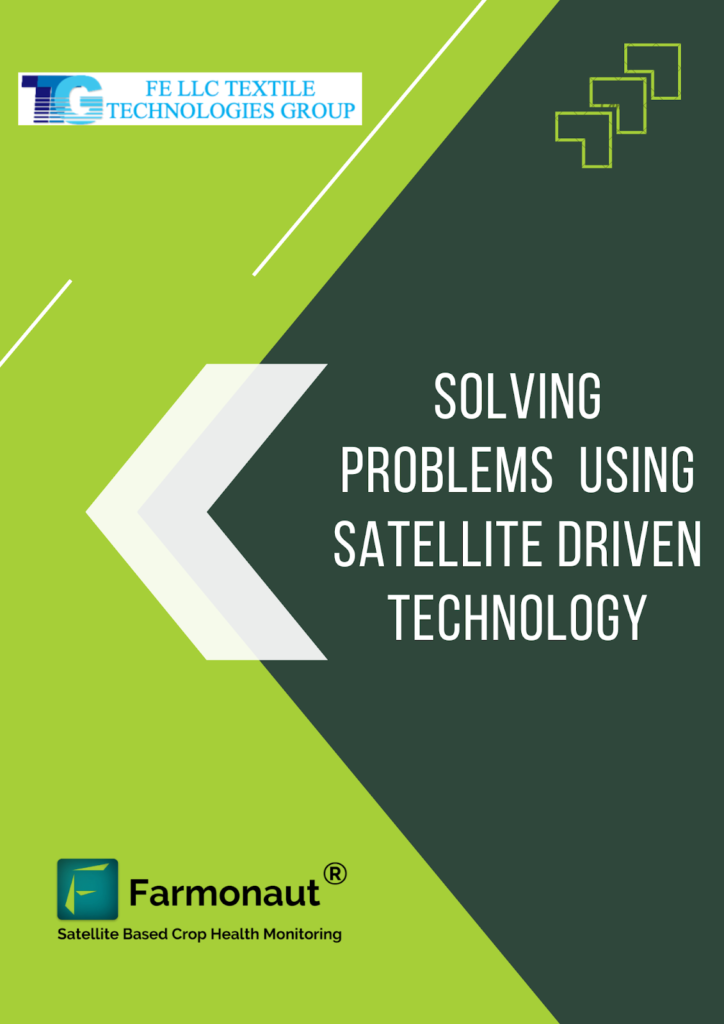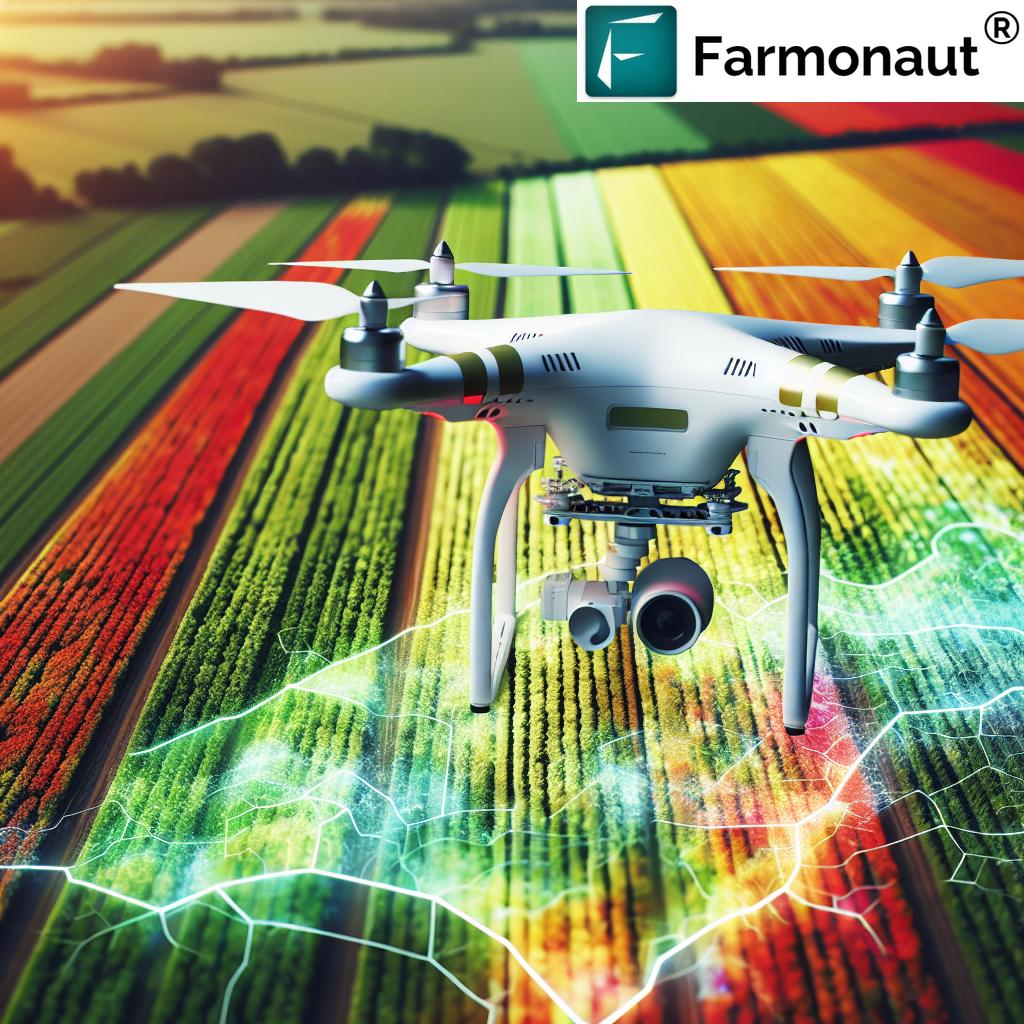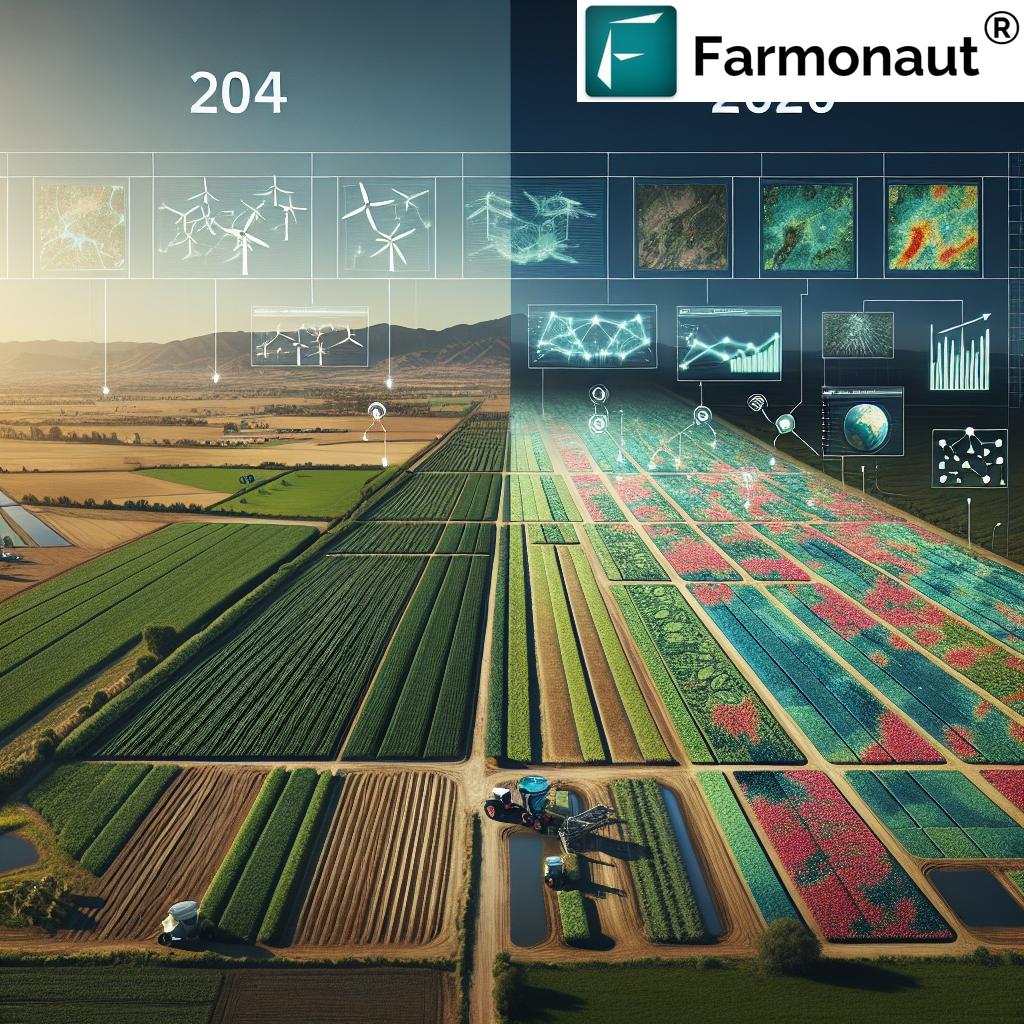Cloud Farms vs SAVI Farms: Revolutionizing Agriculture with Satellite Technology

In the ever-evolving landscape of agriculture, innovative technologies are reshaping the way we approach farming. Two groundbreaking concepts that have emerged in recent years are Cloud Farms and SAVI Farms. These cutting-edge approaches to agriculture leverage the power of satellite technology and data-driven insights to revolutionize farming practices. In this comprehensive blog post, we’ll explore the intricacies of Cloud Farms and SAVI Farms, their impact on modern agriculture, and how they compare to traditional farming methods.
Understanding Cloud Farms
Cloud Farms represent a paradigm shift in agricultural management, integrating cloud computing and satellite technology to provide farmers with real-time data and insights about their crops. This innovative approach allows for remote monitoring and management of farms, regardless of their physical location.
Key Features of Cloud Farms:
- Real-time Monitoring: Satellite imagery provides up-to-date information on crop health, soil conditions, and weather patterns.
- Data Analytics: Advanced algorithms process vast amounts of data to offer actionable insights for farmers.
- Remote Management: Farmers can make informed decisions and implement changes from anywhere with an internet connection.
- Resource Optimization: Precise data helps in optimizing the use of water, fertilizers, and pesticides.
- Predictive Analytics: AI-driven models can forecast potential issues and suggest preventive measures.
Exploring SAVI Farms
SAVI (Satellite-Assisted Vegetation Index) Farms take satellite technology in agriculture a step further. This approach focuses on utilizing specific vegetation indices derived from satellite data to provide detailed insights into crop health and productivity.
Key Aspects of SAVI Farms:
- Vegetation Health Assessment: SAVI provides a more accurate representation of vegetation density and health, especially in areas with varying soil brightness.
- Soil Adjustment: The SAVI index minimizes soil brightness influences, offering more reliable data in areas with sparse vegetation.
- Crop Stress Detection: Early identification of crop stress factors allows for timely interventions.
- Yield Prediction: Advanced models use SAVI data to forecast crop yields with greater accuracy.
- Sustainable Farming: Precise data helps in implementing more sustainable and environmentally friendly farming practices.
The Role of Satellite Technology in Modern Agriculture
At the heart of both Cloud Farms and SAVI Farms lies satellite technology. This revolutionary tool has transformed the agricultural landscape, offering unprecedented insights and capabilities to farmers worldwide.
Benefits of Satellite Technology in Farming:
- Wide Coverage: Satellites can monitor vast areas of farmland simultaneously, providing a comprehensive view of agricultural regions.
- Frequency of Data: Regular satellite passes ensure up-to-date information, allowing for timely decision-making.
- Non-Invasive Monitoring: Satellite imagery doesn’t require physical presence on the farm, reducing disturbance to crops and soil.
- Historical Data Analysis: Long-term satellite data enables farmers to track changes over time and make informed long-term decisions.
- Cost-Effective: Compared to traditional monitoring methods, satellite technology offers a more economical solution for large-scale farm management.
Farmonaut: Bridging the Gap Between Technology and Agriculture
In the realm of satellite-based agricultural solutions, Farmonaut stands out as a pioneer. Our platform integrates the best aspects of Cloud Farms and SAVI Farms, offering a comprehensive suite of tools for modern farmers.
Farmonaut’s Unique Offerings:
- Advanced Satellite Imagery: We provide high-resolution, multispectral satellite images for precise crop monitoring.
- AI-Powered Insights: Our Jeevn AI advisory system offers personalized recommendations based on real-time data.
- Blockchain Traceability: Ensure transparency in your supply chain with our blockchain-based solutions.
- Resource Management: Optimize your farm’s resources with our data-driven management tools.
- Carbon Footprint Tracking: Monitor and reduce your environmental impact with our carbon footprinting feature.
Experience the future of farming with Farmonaut. Download our Android app or get it on iOS to start your journey towards smarter, more sustainable agriculture.

Comparing Satellite, Drone, and IoT-based Farm Monitoring
While Cloud Farms and SAVI Farms primarily rely on satellite technology, it’s essential to understand how this approach compares to other modern farming technologies like drones and IoT devices. Here’s a comprehensive comparison:
| Feature | Farmonaut Satellite System | Drone-based Monitoring | IoT-based Monitoring |
|---|---|---|---|
| Coverage Area | Large-scale (Global) | Medium-scale (Local) | Small-scale (Field-level) |
| Data Frequency | Regular (Every few days) | On-demand | Continuous |
| Initial Setup Cost | Low | High | Medium |
| Operational Complexity | Low | High | Medium |
| Data Processing | Automated | Semi-automated | Automated |
| Weather Dependency | Moderate | High | Low |
| Scalability | High | Low | Medium |
| Data Integration | Comprehensive | Limited | Moderate |
As evident from the comparison, Farmonaut’s satellite-based system offers significant advantages in terms of coverage, scalability, and ease of use, making it an ideal choice for modern farmers looking to embrace precision agriculture.
The Impact of Cloud Farms and SAVI Farms on Agricultural Productivity
The integration of Cloud Farms and SAVI Farms concepts into modern agriculture has led to significant improvements in productivity and sustainability. Let’s explore some of the key impacts:
1. Precision Agriculture
By providing detailed, real-time data on crop health and soil conditions, these technologies enable farmers to implement precision agriculture techniques. This leads to:
- Optimized use of resources (water, fertilizers, pesticides)
- Reduced environmental impact
- Improved crop yields
2. Early Problem Detection
Satellite imagery allows for early detection of various issues such as:
- Pest infestations
- Disease outbreaks
- Nutrient deficiencies
- Water stress
Early detection enables prompt intervention, minimizing crop damage and potential losses.
3. Informed Decision Making
Farmers equipped with data from Cloud Farms and SAVI Farms can make more informed decisions about:
- Planting schedules
- Crop rotation
- Harvest timing
- Resource allocation
4. Sustainable Farming Practices
These technologies promote sustainability in agriculture by:
- Reducing water waste through precise irrigation
- Minimizing chemical use with targeted applications
- Lowering carbon footprint through optimized farm operations
5. Improved Farm Management
Cloud Farms and SAVI Farms technologies enable better overall farm management through:
- Streamlined operations
- Efficient resource allocation
- Data-driven planning and forecasting
Challenges and Considerations
While Cloud Farms and SAVI Farms offer numerous benefits, it’s important to consider some challenges and limitations:
1. Data Interpretation
The vast amount of data generated by these systems can be overwhelming. Farmers need proper training or assistance to interpret and act on the insights provided.
2. Internet Connectivity
Cloud-based systems require reliable internet connectivity, which may be a challenge in some rural areas.
3. Initial Investment
While more cost-effective in the long run, there may be initial costs associated with implementing these technologies.
4. Weather Limitations
Satellite imagery can be affected by cloud cover, potentially limiting data availability during certain weather conditions.
5. Integration with Existing Practices
Adopting new technologies may require changes to established farming practices, which can be challenging for some farmers.
The Future of Cloud Farms and SAVI Farms
As technology continues to advance, we can expect even more sophisticated and integrated solutions in the realm of satellite-based agriculture. Some potential developments include:
- AI-driven Predictive Analytics: More advanced AI models will provide even more accurate predictions and recommendations.
- Integration with IoT Devices: Combining satellite data with ground-level IoT sensors for more comprehensive monitoring.
- Automated Farm Management Systems: AI-powered systems that can make and implement decisions based on satellite data with minimal human intervention.
- Enhanced Resolution and Frequency: Improvements in satellite technology will lead to even more detailed and frequent data collection.
- Blockchain Integration: Further development of blockchain technology for improved traceability and transparency in the agricultural supply chain.
How Farmonaut is Shaping the Future of Agriculture
At Farmonaut, we’re at the forefront of this agricultural revolution, constantly innovating to provide farmers with the most advanced and user-friendly tools. Our platform combines the best aspects of Cloud Farms and SAVI Farms, offering a comprehensive solution for modern agriculture.
Farmonaut’s Cutting-Edge Features:
- Advanced Satellite Imagery Analysis: Our platform utilizes the latest in satellite technology to provide high-resolution, multispectral images of your farmland.
- AI-Powered Insights: The Jeevn AI advisory system offers personalized recommendations based on real-time data and historical trends.
- Blockchain Traceability: Ensure complete transparency in your supply chain with our blockchain-based solutions.
- Comprehensive Resource Management: Optimize water usage, fertilizer application, and other resources with our data-driven management tools.
- Environmental Impact Tracking: Monitor and reduce your farm’s carbon footprint with our integrated carbon tracking feature.
Experience the future of farming with Farmonaut. Visit our website to learn more about how we’re revolutionizing agriculture through satellite technology.
Integrating Cloud Farms and SAVI Farms into Your Agricultural Practice
For farmers looking to adopt these innovative technologies, here are some steps to get started:
- Assessment: Evaluate your current farming practices and identify areas where satellite-based insights could be most beneficial.
- Education: Familiarize yourself with the basics of satellite imagery interpretation and data analysis.
- Choose a Platform: Select a reliable platform like Farmonaut that offers comprehensive satellite-based farm management solutions.
- Start Small: Begin by implementing the technology on a portion of your farm to get comfortable with the system.
- Data Integration: Integrate the satellite data with your existing farm management practices.
- Continuous Learning: Stay updated with the latest developments in satellite-based farming technologies.
The Role of APIs in Modern Agriculture
Application Programming Interfaces (APIs) play a crucial role in making satellite data accessible and actionable for farmers and agricultural businesses. Farmonaut offers robust API solutions that allow developers and businesses to integrate our satellite and weather data into their own systems.
Our Satellite and Weather API provides access to a wealth of data, including:
- Real-time satellite imagery
- Historical weather data
- Crop health indices
- Soil moisture levels
- Weather forecasts
For developers interested in leveraging our API for their agricultural solutions, we provide comprehensive API documentation to help you get started.
Frequently Asked Questions (FAQ)
Q1: What is the difference between Cloud Farms and SAVI Farms?
A1: Cloud Farms refer to the broader concept of using cloud computing and satellite technology for farm management, while SAVI Farms specifically focus on using the Soil-Adjusted Vegetation Index (SAVI) derived from satellite data for crop health assessment.
Q2: How accurate is satellite-based crop monitoring?
A2: Satellite-based monitoring can be highly accurate, with resolutions down to a few meters. However, factors like cloud cover can affect data availability.
Q3: Is Farmonaut’s platform suitable for small-scale farmers?
A3: Yes, Farmonaut offers solutions suitable for farms of all sizes, including small-scale operations.
Q4: How often is satellite data updated on Farmonaut’s platform?
A4: The frequency of updates depends on the specific satellite and your subscription plan, but typically ranges from daily to weekly updates.
Q5: Can Farmonaut’s technology be used for all types of crops?
A5: Yes, our technology is versatile and can be applied to a wide range of crops, from grains to fruits and vegetables.
Conclusion: Embracing the Future of Agriculture
Cloud Farms and SAVI Farms represent the cutting edge of agricultural technology, offering unprecedented insights and management capabilities to farmers worldwide. By leveraging the power of satellite imagery, AI, and data analytics, these approaches are revolutionizing the way we grow food, manage resources, and ensure sustainability in agriculture.
At Farmonaut, we’re committed to making these advanced technologies accessible and actionable for farmers of all scales. Our platform combines the best aspects of Cloud Farms and SAVI Farms, offering a comprehensive solution for modern agriculture.
As we look to the future, it’s clear that satellite-based farming technologies will play an increasingly crucial role in addressing global food security challenges while promoting sustainable agricultural practices. By embracing these innovations, farmers can not only improve their productivity and profitability but also contribute to a more sustainable and resilient global food system.
Ready to take your farming to the next level? Explore Farmonaut’s solutions and join the agricultural revolution today!


